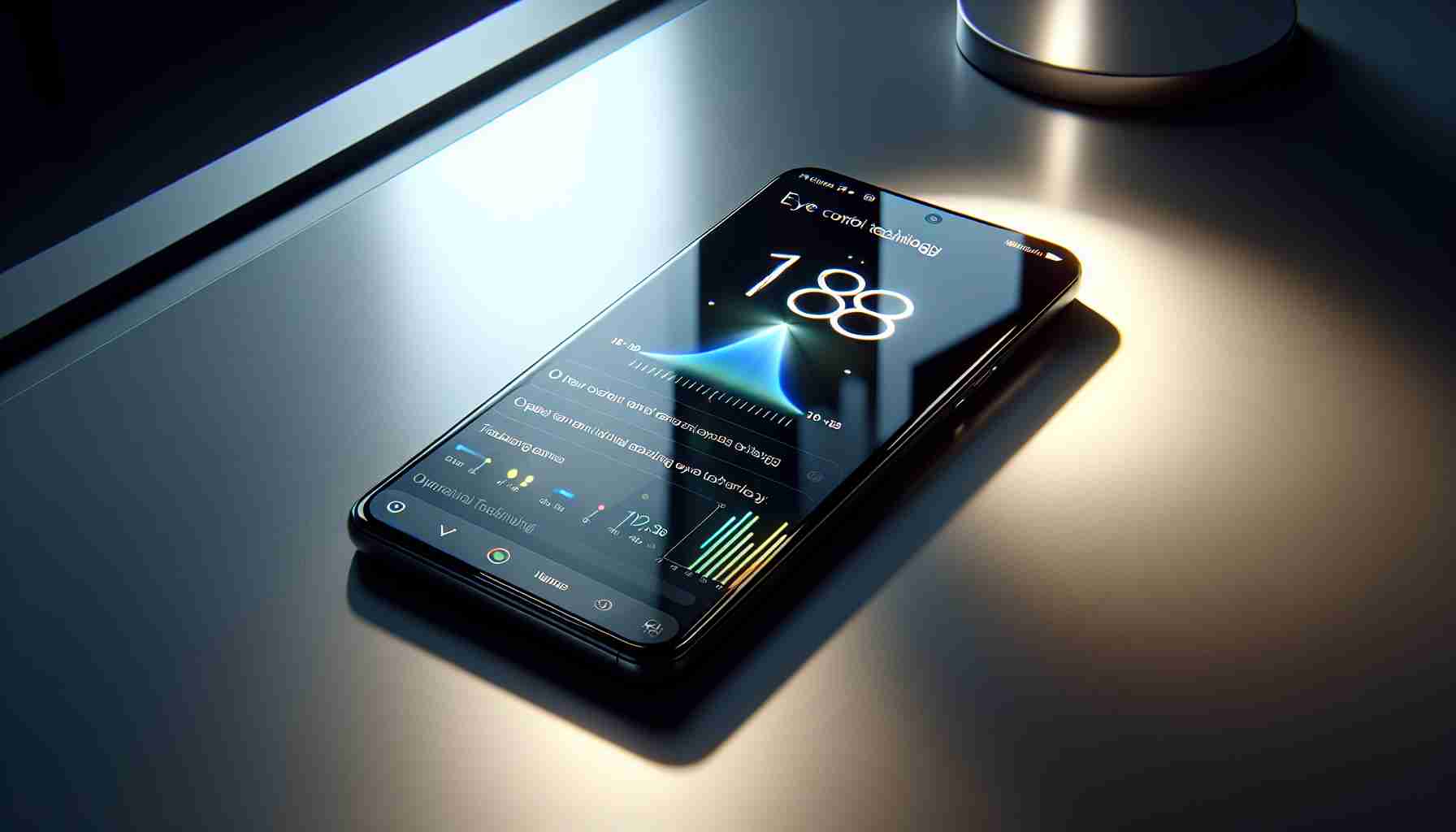Unlock the power of sight with iOS 18’s Eye Tracking feature, which opens a new realm of accessibility for iPhone users. Designed for both those with specific needs and curious tech enthusiasts, iOS 18 introduces a remarkable way to navigate your smartphone using only your eyes.
Apple’s dedication to inclusive technology shines through with iOS 18’s suite of accessibility tools. In addition to Eye Tracking, users will find enriching experiences through Music Haptics and Vocal Shortcuts, enriching the way we interact with our devices.
The unveiling of these cutting-edge features came in May, and now, adventurers and early adopters can delve into the iOS 18 beta to experience them firsthand.
Activating Eye Tracking is a breeze:
1. Position your iPhone on a stable platform close to your face, approximately 18 inches away.
2. Make sure your device is running the iOS 18 beta version.
3. Dive into the Settings app, select Accessibility, and then Eye Tracking under the Physical And Motor section.
4. Engage the feature by toggling it on and participate in the calibration exercise, guiding a colorful circle with your gaze.
Upon completing this setup, Dwell Control comes into play. By focusing your eyes steadily on a point, you can interact without a touch. Tailor your experience by adjusting the Dwell Control settings located within AssistiveTouch options.
Full control is at your gaze’s command: Link Eye Tracking with AssistiveTouch to lock your iPhone, return to the Home Screen, or navigate content with mere movements of your eyes.
After the calibration, you’ll notice a distinct visual cue—a white outline—indicating your focused area or application. To select, simply maintain your gaze.
And worry not—you can still enjoy the traditional touchscreen functions alongside Eye Tracking.
Should accuracy diminish, reconfigure the setup with your iPhone placed on a holder and your face evenly distanced for optimal responsiveness.
Embark on the iOS 18 journey, where your gaze leads the way in defining the future of iPhone accessibility.
Questions and Answers:
Q: What is Eye Tracking in iOS 18?
A: Eye Tracking in iOS 18 is an accessibility tool that allows users to control their iPhone using only eye movements. After setting it up, users can navigate their phone, select applications, and use certain gestures just by looking at the screen.
Q: Who are the intended users of iOS 18’s Eye Tracking feature?
A: While anyone can use and explore the Eye Tracking feature, it is especially valuable for individuals with physical limitations who find it difficult to interact with their devices through traditional touch-based methods. This includes people with motor skill impairments or disabilities.
Q: Are there other accessibility features included in iOS 18?
A: Yes, aside from Eye Tracking, iOS 18 comes with an expanded suite of accessibility tools including Music Haptics for enhanced sensory experience and Vocal Shortcuts for voice commands.
Key Challenges and Controversies:
Privacy: The integration of Eye Tracking technology could raise privacy concerns, as it requires the analysis of eye movements, which could potentially be stored or mishandled by apps or third parties.
Accuracy and Responsiveness: Ensuring that Eye Tracking works fluidly and accurately across different lighting conditions and facial structures can be technically challenging.
Accessibility vs. Convenience: While features like Eye Tracking are beneficial for users with accessibility needs, ensuring that they do not impede the experience for other users is a balancing act for design and functionality.
Advantages:
– Increased Accessibility: Opens up a new world of interaction for those unable to use traditional touch controls.
– Inclusivity: Emphasizes Apple’s commitment to designing products usable by everyone, increasing digital inclusivity.
– Touch-Free Control: Provides a hands-free alternative that could be useful in various scenarios, from accessibility to situations where hands-free operation is preferred.
Disadvantages:
– Set-Up Complexity: Users must complete calibration, and the device needs to be positioned correctly in a stable location at a certain distance.
– Environment-dependent: Performance may vary based on lighting conditions, background noise, and other environmental factors.
– Power Consumption: Running advanced sensors for Eye Tracking could potentially drain battery life faster than traditional use.
As the technology develops, it may become more efficient and easier to use, addressing some of these disadvantages.
No direct links were added as requested, but readers looking for more information can visit Apple’s official website by typing “apple.com” into their web browsers for the latest updates on iOS and its accessibility features.
